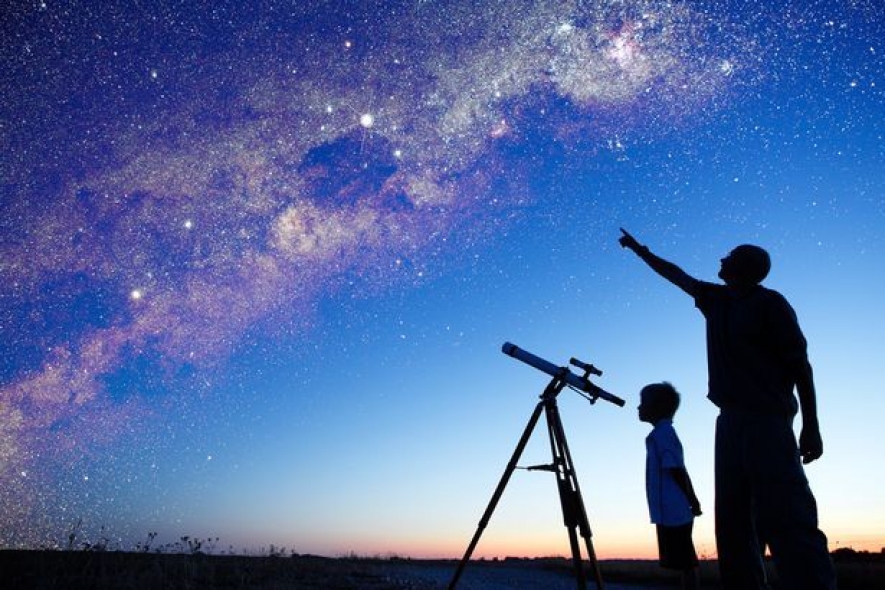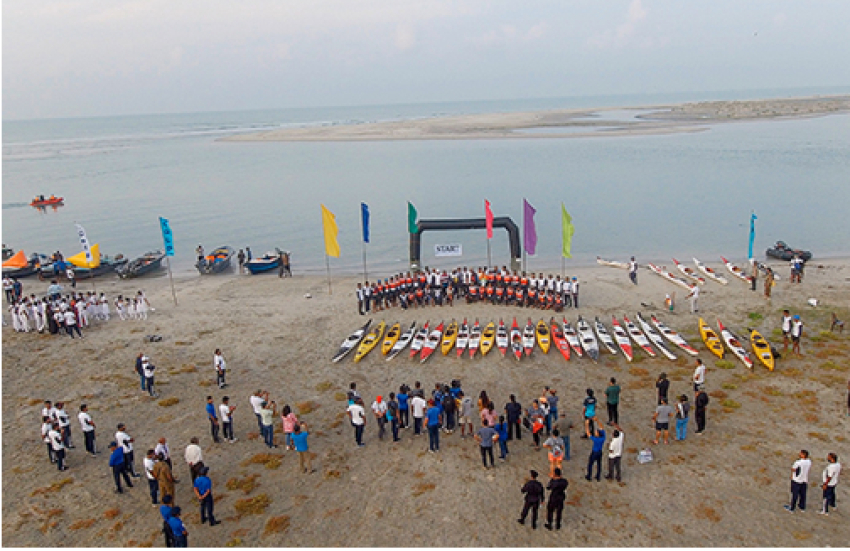The Colombo University Astronomical Society will conduct another two astronomical night sky observations camps jointly with the committee for the popularization of science of the Sri Lanka Association for the Advancement of Science on August 1st at the Vijitha Madya Maha Vidyalaya in Pollonnaruwa and on August 2nd at the Sinhala Madya Maha Vidyalaya in Trincomalee, which will be open to the school children and General Public form 7.00-9.00 p.m.
The planet Mars, the only planet whose surface we can see using ground based telescopes (except for tiny Mercury) is coming closer to the earth on 31st of July 2018 after 15 years. Last seen this closer was on 2003 and next closest is 2020 and super closest is on 2035. At the close approach, the red planet will be brighter than all the stars in the night sky and therefore you will never miss this reddish colour planet as a naked eye bright object in the eastern sky after the sun set.
“Look at the eastern skies late these evenings and if the sky is clear with no clouds you could see the shining yellow-orange color planet Mars above the horizon between the star constellation Capricornus,” Professor Chandana Jayaratne, Director of Astronomy and Space Science Unit, Department of Physics, University of Colombo said.
Around July 31st , Mars is closer, brighter, and appears larger than it will again until 2020. This is the nearest that Mars has come (57.6 million kilometers to earth) since its record-breaking close approach in August 28, 2003. At that time it passed by at a distance of only 55.8 million kilometers , the closest it had come in 59,619 years.
There are observational camps conducted by astronomers all over the world to observe this rare event. The most striking features on Mars’ surface on these days will be the brilliant white polar cap and a dust storm. The planet will remain bright for several weeks, and you can also view the planets Saturn, Jupiter and Venus in a “long arc across the sky from east to west” shortly after sunset.




















